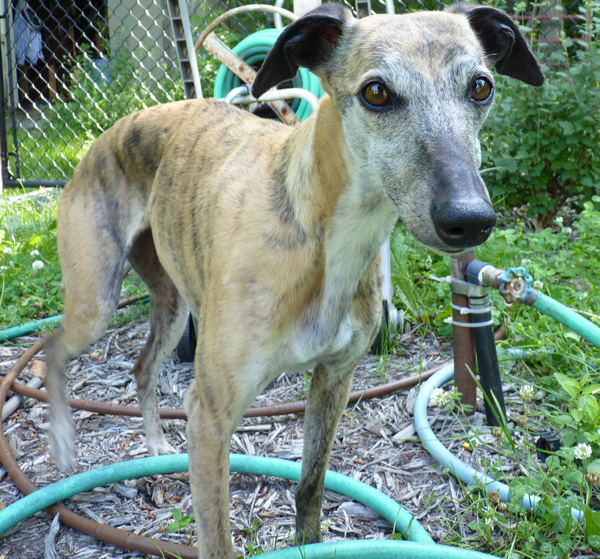Lughnasa Waxing Back to School Moon
The thing about death is, it is forever, unlike life. Once entered there is no return. It is that one way disappearance that creates the chaos of grief, the sense, the realization that something has been done that cannot be undone. There is no longer any action to take, no remedy to try, no act of contrition that will change things. There is here, the living, and there, the dead.
Death comes to humans, dogs, mice, birds, lizards, fish, death comes. We living things are alike in facing the cessation of our agency, the end of all the striving.
Life has death as its forever dance partner, the danse macabre. It is a dance like those marathons from the 30’s where the dancers slump along near the end, barely holding each other up as the sun rises and the music slows. The dance hall begins to take on its daytime character, the cracks in the ceiling come out, the floor has not been mopped, the romance of the contest and the hall slip away and we are left with the one partner who will never let us go.
Death is not life, whatever else it may be.
Tibetan Buddhist thought has a wonderful, I would even say exemplary, way of approaching death. The photograph here, a partial of a Yamantaka statue, illustrates it iconographically. “Yamāntaka is a Sanskrit name that can be broken down into two primary elements: Yama, the name of the god of death; and antaka, or “terminator”. Thus, Yamāntaka’s name literally means “the terminator of death”.” This statue shows Yama in cosmic embrace with his consort, thus wisdom and compassion become one.
Meditating on Yamantaka, so I was told by a Tibetan Buddhist, involves imagining your own death in as real a fashion as possible. The intent of the meditation is to eliminate the fear of death, either in the body or in what Buddhists call the subtle body. When we achieve an acceptance of our own death, we become free. This is, if I understand the Buddhist thought correctly, also a path to enlightenment.
Of course, a Buddhist would see this in the context of Buddhist doctrine, with which I am not familiar, but I have embraced this image and this understanding as an important part of my own spiritual journey.

 hop eagerly into my lap, sit there for a minute or maybe less, then stand up, moving here and there, trying to achieve some location that felt right to her. Most often she would jump down. She had her opinions about all sorts of things and acted on them.
hop eagerly into my lap, sit there for a minute or maybe less, then stand up, moving here and there, trying to achieve some location that felt right to her. Most often she would jump down. She had her opinions about all sorts of things and acted on them.